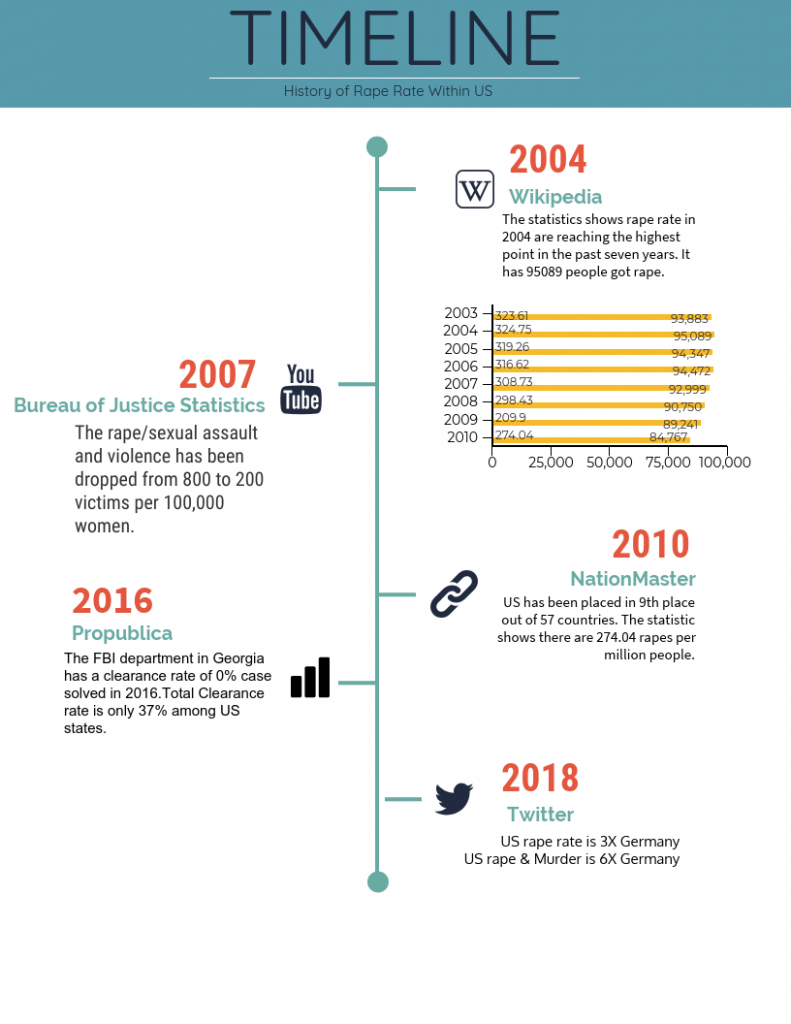Vera, Amir. (June 8, 2019) Texas governor signs law increasing the age to buy tobacco products to 21. Cable News Network (CNN). Available at https://www.cnn.com/2019/06/08/health/texas-new-tobacco-law/index.html (Accessed June 12, 2019).
a. What are the person/place/time trends described in the article?
This article focuses on teens in high school specifically Texas teens and the rise of e-cigarette smoking for individuals in this age group. At an attempt to lower the rates of addiction, Texas Governor Greg Abbott has signed a bill that would increase the legal sale of tobacco to age 21 effective September 1, 2019.
b. What is the significance/importance of these trends? What can we learn from them? What are the implications for planning public health strategies?
According to Riegelman, 90% of adults, primarily females, who smoked began before the age of 18 or even younger (2019). Recently, interventions included the discontinuation of commercials directed towards minors and harsher penalties for those who sell to children under 18 (Riegelman 2019). As a result, studies have shown to reduce adolescent smoking. Increasing the age in reference to Riegelman will positively affect the prevalence pool and decrease the prevalence rate of those who are diagnosed with lung cancer in relation to smoking. Since lung cancer isn’t developed the instant someone begins smoking, this is an intervention at the primary level on behalf of Texas and other states likewise to limit tobacco use in the first place.
c. Pay attention to how the data are presented. Do you agree with the conclusions drawn by the authors of the article?
Amir Vera presents most of his information through the use of rates as percentages. He further solidifies his claims by quoting people who are experts in the teen smoking epidemic such as Shelby Massey who is affiliated with the American Heart Association and the CDC. To provide an even firmer claim, there are videos associated with his article that discuss the testimonies of teachers who are at the forefront of witnessing this issue and the explanation of the data of collected from The National Youth Tobacco Survey and the Surgeon General. Personally, I agree with the picture that the author is attempting to paint. Smoking has been proven to be a fatal addiction and not much can prove otherwise. With the invention of e-cigarettes and kid enticing vape flavors, more teens have picked up the habit over the past several years. Even in my high school, I witnessed how just from freshman year to senior year how more and more students were facing disciplinary actions for smoking e-cigarettes on campus.
d. What other information, not included in the article, would you want to better understand the implications and importance of these trends?
The video that was associated with this post was the only visual data that represented. Although the video hit crucial points of the article, it did not discuss what was going on in Texas but rather in Connecticut. Vera mentions in his article that supporters of the bill believe that raising the age would decrease addiction (2019). Specifically stating who the supporters are could have helped to understand the groups of people being affected or what experts have to say about teen smoking. More visual data such as graphs and charts that represent the percentages that Vera spoke about in comparison to a timeline could have shown just how much teen smoking has increased and why a need for the bill to go into action was crucial. Furthermore, I believe data presented on the DALYs –the Disability-adjusted life years– on teen smoking and its effect on the population could provide information on the health status of the country’s younger population (Riegelman 2019.)
e. Do you trust this source? Why or why not? Provide specific details to justify your response.
CNN is a national news outlet and has been around for about 40 years. The author in the article used facts from respected sources such as the CDC to support his claim. In addition, personal fact checking has proved for the information to be factual. Vera included hyperlinks within his article that directed you to the specific content he was quoting and it led me to the specificity of the Bill that was proposed and the CDC website.
f. Comment on anything else that you want to talk about in the article.
Though this article was short and only a few paragraphs long. It is crucial information and a win in the field of Public Health. Tobacco companies have used many formats to target children to start smoking in efforts that these children will continue on in their adult life. Personally, just as the age of drinking was raised, applying the same efforts to smoking causes it to lose its appeal once the children have grown into adults. I also believe that at 21, the pressure of peer pressure isn’t as severe and that further adds to the efforts of preventing children from smoking in the first place.
References
Riegelman, R. K., & Kirkwood, B. (2019). Public health 101: Improving community health. Retrieved June 12, 2019.






Recent Comments